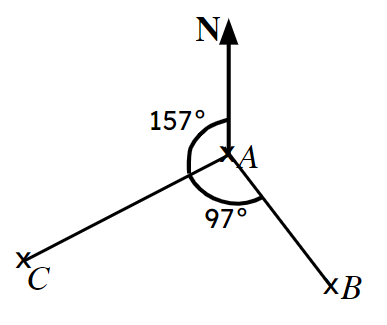Myths about teaching can hold you back
- Year 10
- Foundation
- Year 10
- Foundation
Finding a bearing
I can find a bearing between the points on a map or scaled plan.
These resources were made for remote use during the pandemic, not classroom teaching.
Switch to our new teaching resources now - designed by teachers and leading subject experts, and tested in classrooms.
Lesson details
Key learning points
- If the map is to scale, then you can use a protractor to measure the bearing.
- If the map is not to scale, you may need to use angle facts.
- North is always the same direction which means you have parallel lines.
Keywords
Transversal - A transversal is a line, line segment, or ray that intersects through two or more lines at distinct (different) points.
Corresponding - Corresponding angles are a pair of angles at different vertices on the same side of a transversal in equivalent positions.
Alternate - Alternate angles are a pair of angles, both between or both outside two line segments, that are on opposite sides of the transversal that cuts them.
Co-interior - Co-interior angles are on the same side of the transversal line and in between the two other lines.
Bearing - A bearing is an angle measured in degrees from North in the clockwise direction and written with three figures.
Common misconception
Pupils do not measure the angle from North and simply measure the angle between two line segments.
Reiterate bearings are always measured from North, in a clockwise direction and stated as 3 figures. Encourage pupils to draw North on the correct position before attempting the question.
To help you plan your year 10 maths lesson on: Finding a bearing, download all teaching resources for free and adapt to suit your pupils' needs...
To help you plan your year 10 maths lesson on: Finding a bearing, download all teaching resources for free and adapt to suit your pupils' needs.
The starter quiz will activate and check your pupils' prior knowledge, with versions available both with and without answers in PDF format.
We use learning cycles to break down learning into key concepts or ideas linked to the learning outcome. Each learning cycle features explanations with checks for understanding and practice tasks with feedback. All of this is found in our slide decks, ready for you to download and edit. The practice tasks are also available as printable worksheets and some lessons have additional materials with extra material you might need for teaching the lesson.
The assessment exit quiz will test your pupils' understanding of the key learning points.
Our video is a tool for planning, showing how other teachers might teach the lesson, offering helpful tips, modelled explanations and inspiration for your own delivery in the classroom. Plus, you can set it as homework or revision for pupils and keep their learning on track by sharing an online pupil version of this lesson.
Explore more key stage 4 maths lessons from the Bearings unit, dive into the full secondary maths curriculum, or learn more about lesson planning.

Licence
Prior knowledge starter quiz
6 Questions
Q1.Which of the following is not a convention for bearings?
Q2.Which of the following are correctly written as bearings?
Q3.Which of the following shows the bearing of B from A correctly marked?
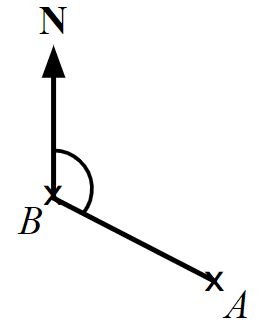
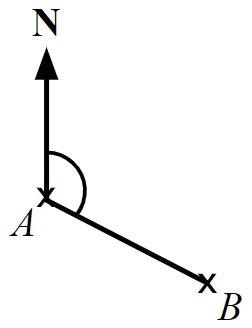
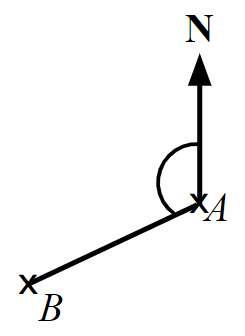
Q4.What is 3 km away from the volcano on a bearing of 300°?
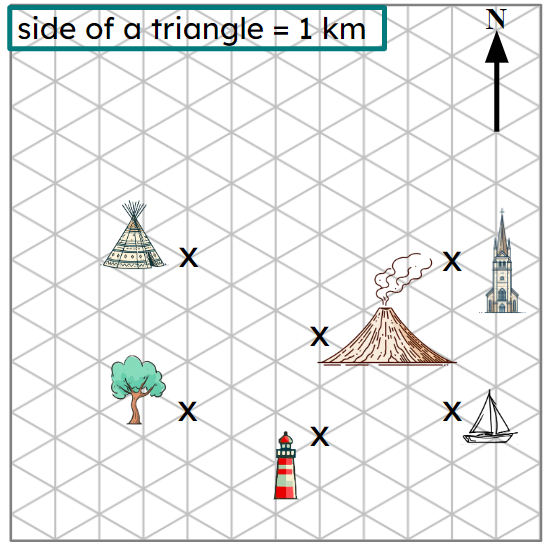
Q5.A diver is on a bearing of 120° and 4 km away from the boat. Which is the correct position of the diver?
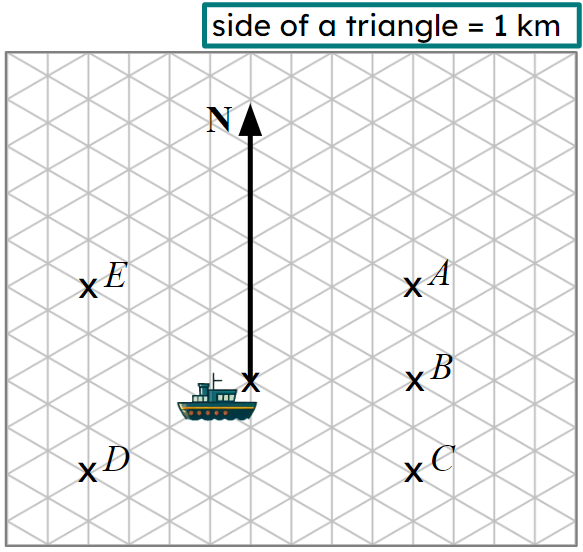
Q6.Point X is 4 km away from point A on a bearing of 240° and point Y is 5 km away from point X on a bearing of 120°. Which is the correct position of point Y?
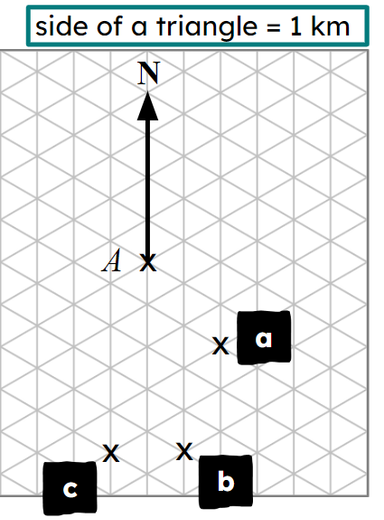
Assessment exit quiz
6 Questions
Q1.Using the image, what is the bearing from A to B?
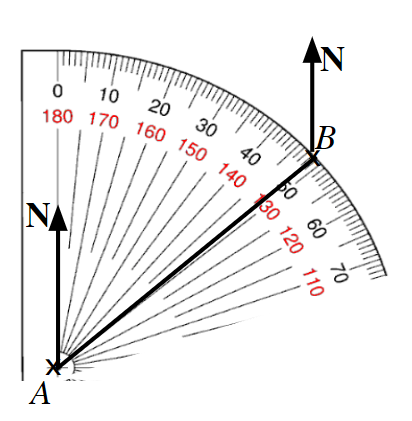
Q2.Using the image, what is the bearing from A to B?
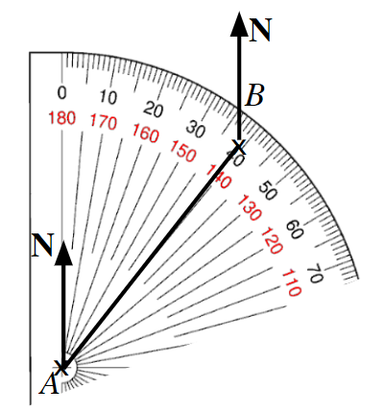
Q3.Using the image, what is the bearing from X to Y?
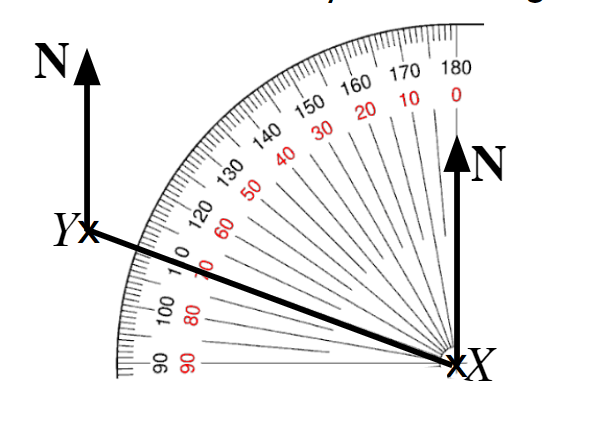
Q4.Using the image, what is the bearing from X to Y?
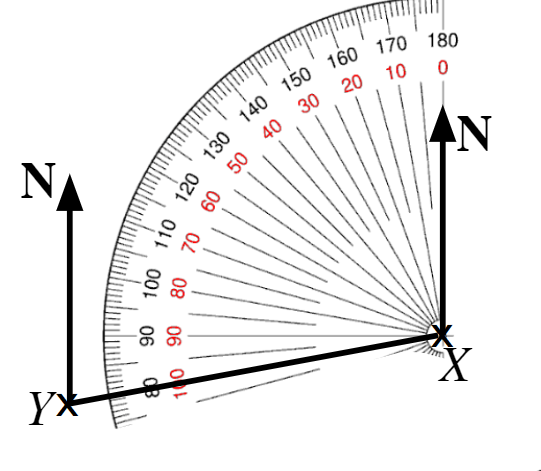
Q5.Using the image, what is the bearing from A to B?

Q6.Using the image, what is the bearing from A to B?
